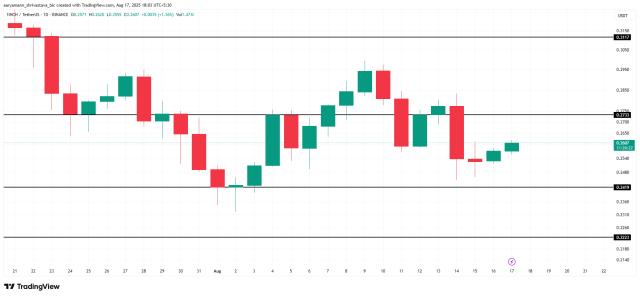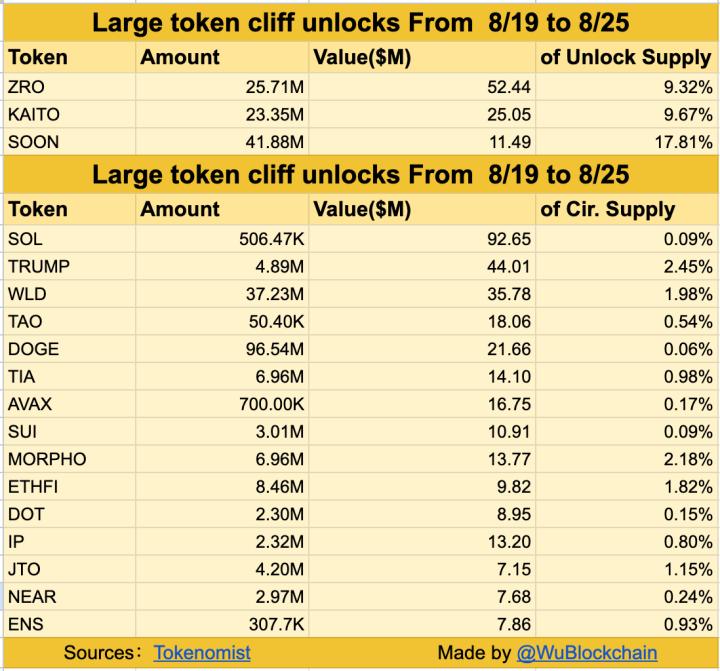Written by: BitpushNews
In the past 24 hours, Bitcoin (BTC) has strongly surged by 3.7%, reclaiming the $110,000 mark and just a step away from the historical high set in May. Simultaneously, Ethereum (ETH) also rose by 3.8%, rebounding above $2,620, demonstrating its correlation with Bitcoin.
But the key question is: As Bitcoin approaches its historical new high, is Ethereum's rise merely a passive follow-up? Or is it brewing a more independent ETH market trend?

Analyst: ETH Will Reach $10,000 Within a Year
Renowned crypto market analyst DCinvestor boldly predicted on social media that ETH will reach $10,000 or even higher within the next year.

He believes the real driving force will no longer be retail investors' return, as they might have been "brainwashed" and developed biases about ETH's true value, unable to buy in again. DCinvestor said: "Retail investors won't come back to ETH, they've been completely brainwashed by 'psychological warfare' into thinking ETH has no value. But they will be forced to watch ETH rise to $10,000 as enterprises, governments, and Wall Street inject trillions of dollars into this chain."
DCinvestor compared this phenomenon to Bitcoin's 2017 cycle, pointing out that ETH's development is two cycles behind BTC but is progressing methodically. He emphasized that the new batch of market buyers won't care about market doubts or "concerns" because they don't even know the existence of those "old-school" critics.
Continuous Inflow of ETH ETF: Clear Signal of Institutional Interest
Data doesn't lie. CoinShares' latest report shows that since May 16, Ethereum-related investment products have led digital asset inflows for the second consecutive week, attracting $296.4 million in funds, bringing the seven-week total to $1.5 billion.

CoinShares Research Head James Butterfill wrote: "This is the strongest capital inflow since the US election," adding that this figure currently represents 10.5% of Ethereum's total managed assets.
Redstone Co-founder and COO Marcin Kazmierczak noted that ETH's upward momentum seems to be driven by several factors: institutional ETF fund flows showing renewed interest in ETH products and growing market expectations for Ethereum's roadmap upgrades.
Meanwhile, the ETH/BTC market cap ratio rising above 0.14 is seen as a signal that might indicate a potential return to "risk-appetite" Altcoins, which could be an early sign of a broader Altcoin season.
Pectra Upgrade Boost
Despite ETH's relatively "bland" price movement recently, its fundamentals remain strong. The market has high expectations for Ethereum's roadmap upgrades, among which the Pectra upgrade completed last month (May 7) is particularly noteworthy.

CoinShares Senior Ethereum Researcher Luke Nolan stated that while the Pectra upgrade didn't bring a single major change, it includes multiple improvements to the Ethereum protocol, laying the groundwork for future scalability, which has long been Ethereum's primary bottleneck.
One key function of the Pectra upgrade is expanding Ethereum blockchain's capacity to process "blobs" (temporary data storage units), which helps preserve more data at the consensus layer. Nolan believes that sometimes even a small narrative can drive positive sentiment.
Technically Promising Trend

From the Tradingview technical chart, Ethereum's current trend also shows positive signals. As of this writing, the price has strongly rebounded from May's low point to around $2,665 and has firmly stood above the weekly pivot point (PP, around $2,400-2,500).
Below, $2,483-2,485 forms an immediate support, while the weekly pivot point and deeper Fibonacci support provide a good foundation. Notably, the chart reveals a potential "bullish flag" formation, and the golden cross between the 50-day and 200-day moving averages has formed, which are strong bullish signals.
ETH's continued consolidation above $2,520 indicates short-term buying power dominance. Key resistance is viewed at R1 (around $2,900-3,000) and historical highs, so bulls are expected to continue challenging higher resistance levels in the near term. However, investors still need to closely monitor market trading volume and breakthrough situations at key levels to confirm the uptrend's sustainability.






